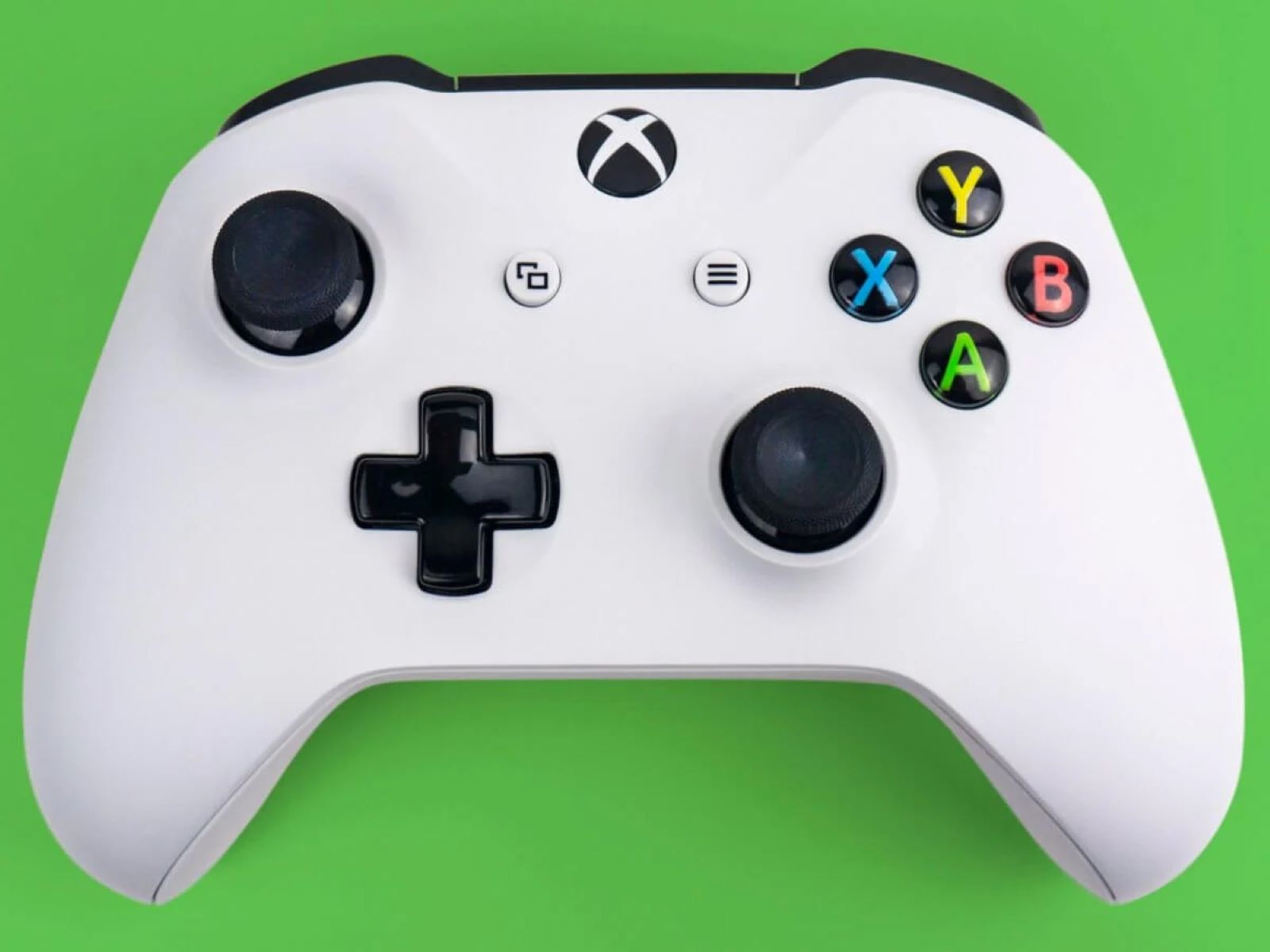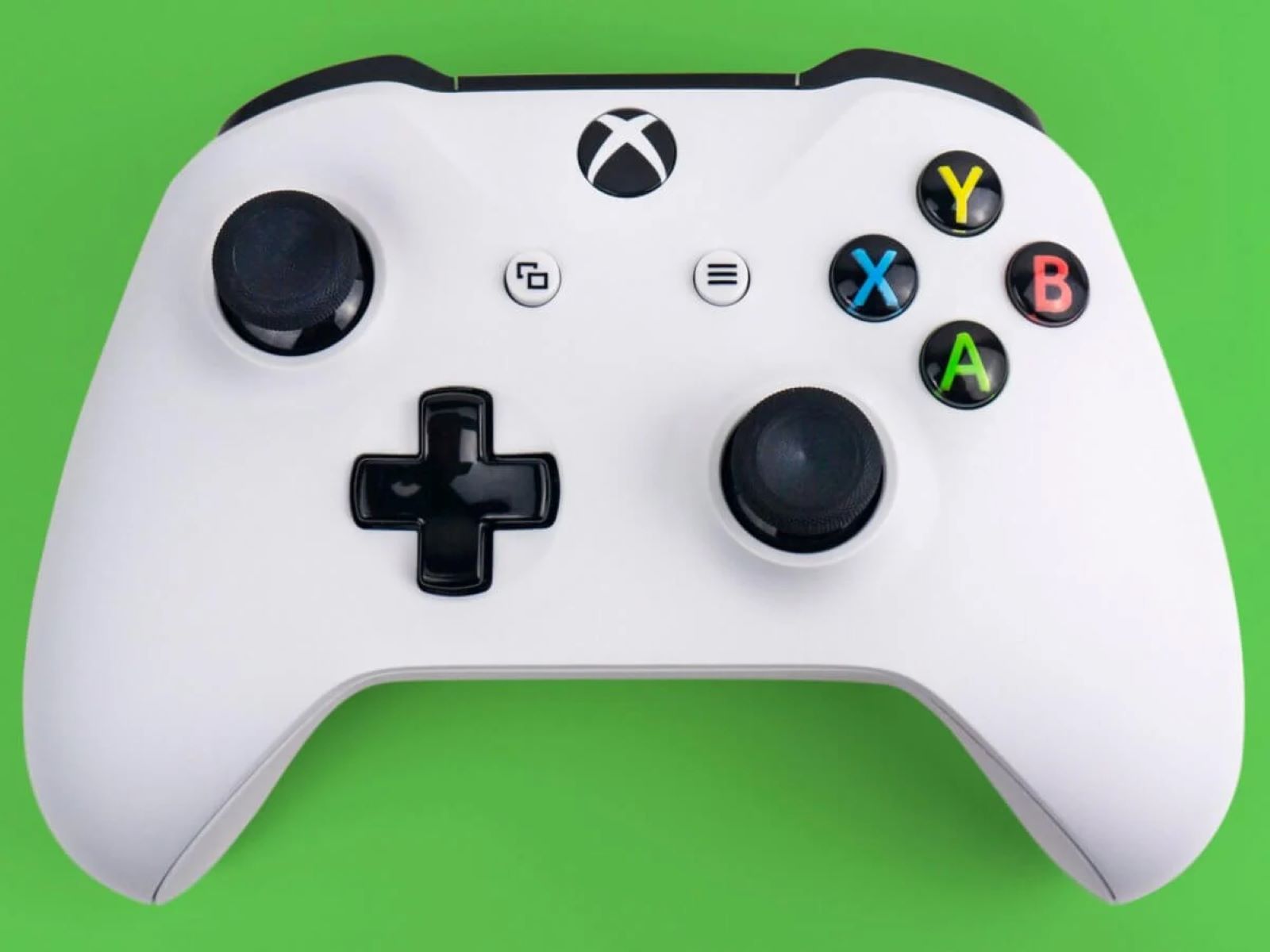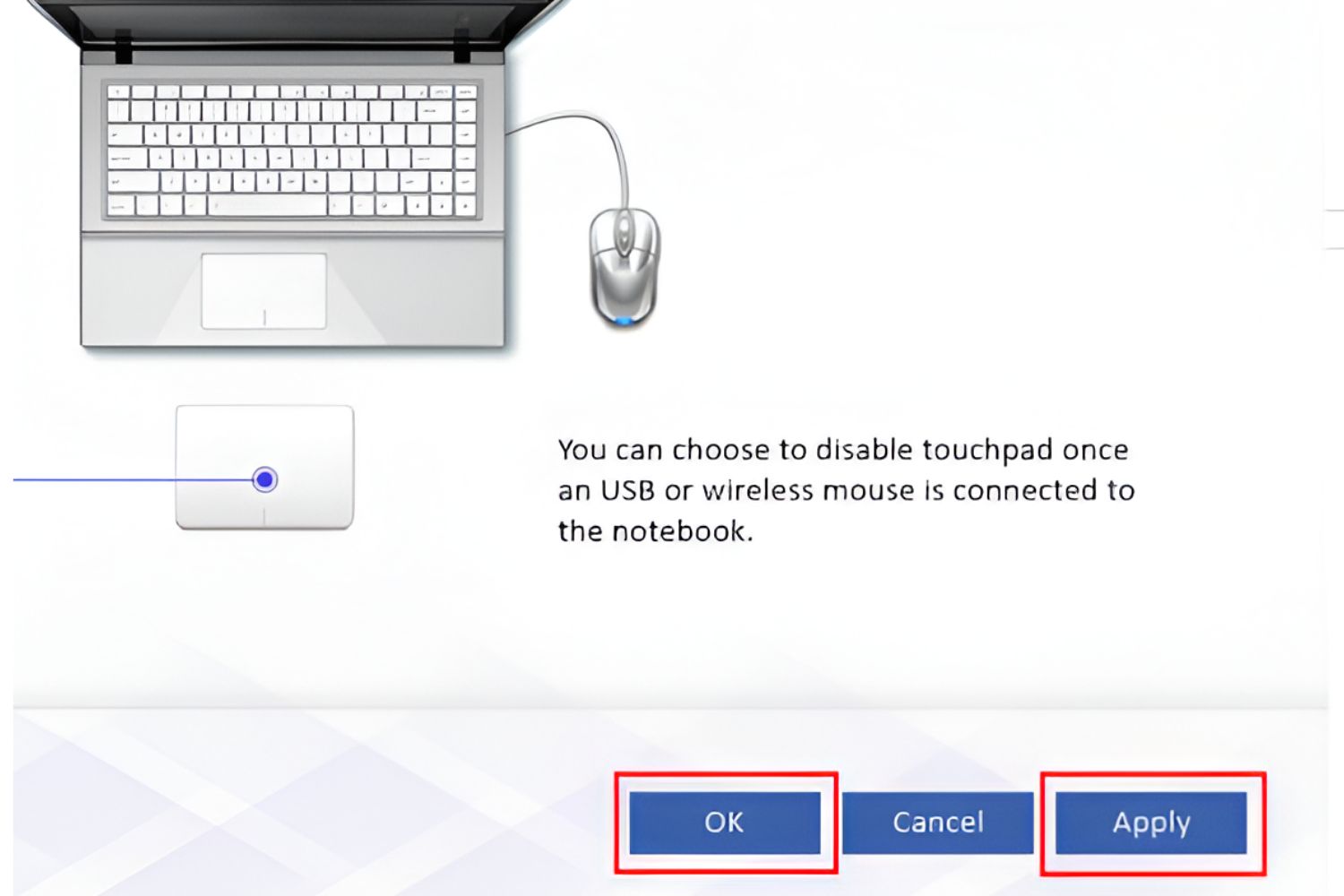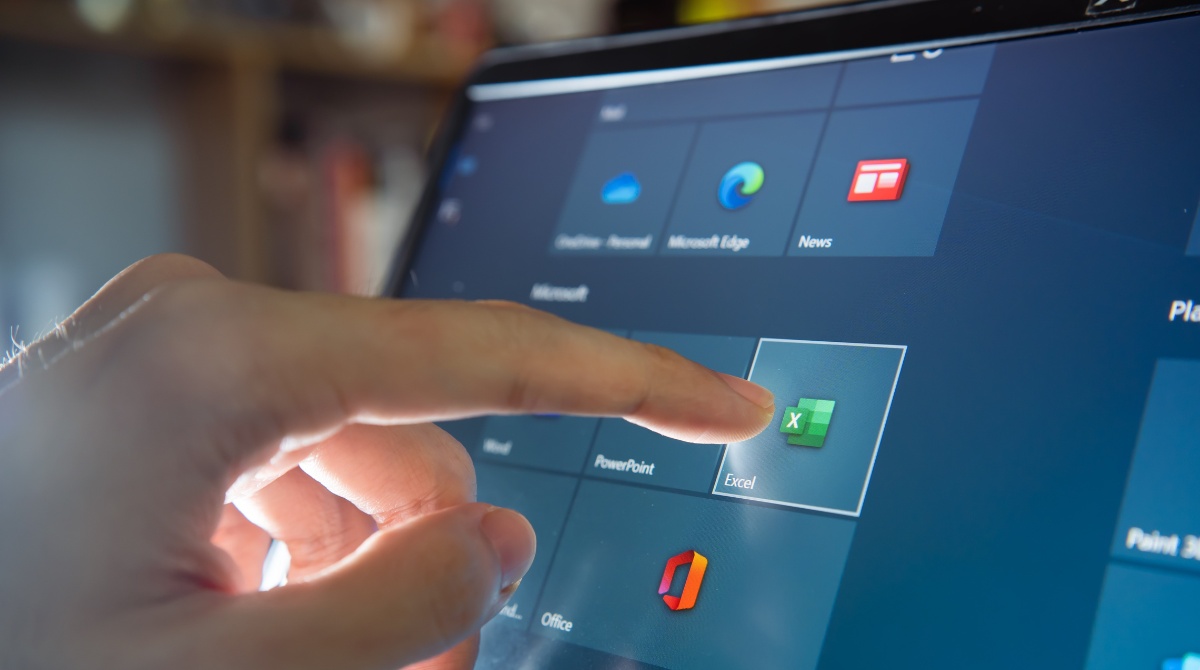Introduction
Are you a Windows 10 user who has encountered issues with an HID-compliant game controller? You're not alone. Many individuals have experienced difficulties with these devices, whether it's due to compatibility issues, driver conflicts, or simply a desire to use a different controller. In this guide, we'll delve into the world of HID-compliant game controllers, explore the reasons why you might want to disable one, and provide you with step-by-step instructions on how to do so on your Windows 10 system.
HID, which stands for Human Interface Device, encompasses a wide range of input devices, including game controllers. These controllers are designed to provide a seamless and intuitive gaming experience, allowing users to interact with their favorite games in a more immersive and responsive manner. However, there are situations where you may need to disable a HID-compliant game controller, whether it's to troubleshoot a problem, switch to a different controller, or simply to customize your gaming setup to better suit your preferences.
Understanding the intricacies of HID-compliant game controllers and knowing how to manage them on your Windows 10 system can significantly enhance your gaming experience. Whether you're a casual gamer or a dedicated enthusiast, having the knowledge and tools to effectively address controller-related issues can make a tangible difference in your enjoyment of gaming.
In the following sections, we'll explore the nature of HID-compliant game controllers, examine the reasons why you might need to disable one, and provide clear and concise instructions on how to do so, empowering you to take control of your gaming peripherals and optimize your gaming setup. Let's dive into the world of HID-compliant game controllers and discover the solutions to common issues that users encounter.
Understanding HID Compliant Game Controllers
Before delving into the process of disabling an HID-compliant game controller on Windows 10, it’s essential to grasp the fundamental nature of these devices. HID-compliant game controllers are a subset of Human Interface Devices, a category that encompasses various input devices designed to interact with humans. In the context of gaming, these controllers are pivotal in providing users with a platform to engage with their favorite games, offering a seamless and immersive experience.
These controllers are designed to adhere to the HID standard, ensuring compatibility with a wide range of systems and games. They are equipped with features that enable precise and responsive input, allowing gamers to navigate virtual worlds with precision and finesse. Whether it’s a traditional gamepad, a joystick, or a specialized controller, HID-compliant game controllers play a crucial role in shaping the gaming experience for countless enthusiasts.
From a technical standpoint, HID-compliant game controllers communicate with the operating system using standardized protocols, allowing for seamless integration and interaction with games and applications. This standardized approach ensures that these controllers can be easily recognized and utilized by Windows 10 and a myriad of games without the need for extensive configuration or setup.
Understanding the intricacies of HID-compliant game controllers empowers users to make informed decisions regarding their gaming setups. Whether it’s troubleshooting issues, optimizing performance, or customizing the gaming experience, having a solid grasp of how these controllers function is essential. By comprehending the underlying principles of HID-compliant game controllers, users can navigate potential challenges and leverage the full potential of their gaming peripherals.
Now that we’ve established a foundational understanding of HID-compliant game controllers, let’s explore the reasons why you might consider disabling one on your Windows 10 system.
Why You Might Want to Disable a HID Compliant Game Controller
While HID-compliant game controllers are integral to the gaming experience, there are several scenarios where you might find it necessary to disable one on your Windows 10 system. Understanding these situations can help you make informed decisions and effectively manage your gaming peripherals.
- Compatibility Issues: Certain game titles or applications may exhibit compatibility issues with specific HID-compliant game controllers. In such cases, disabling the controller can serve as a temporary workaround while seeking a more permanent solution, such as driver updates or game patches.
- Driver Conflicts: Conflicts between device drivers can lead to erratic behavior or malfunctions in HID-compliant game controllers. Disabling the controller can help isolate the issue and facilitate the resolution of driver conflicts, ensuring a smoother gaming experience.
- Preference for Another Controller: As a gamer, you may have multiple game controllers and prefer using a particular one for certain games or genres. Disabling a HID-compliant game controller allows you to prioritize and seamlessly switch to your preferred controller without interference from other connected devices.
- Customization and Configuration: Advanced users may wish to customize their gaming setups extensively, including the management of HID-compliant game controllers. Disabling specific controllers can be part of a tailored configuration to optimize the gaming environment according to individual preferences and requirements.
- Troubleshooting and Maintenance: When encountering issues related to input devices, such as unresponsive buttons or erratic behavior, disabling and re-enabling HID-compliant game controllers can serve as a troubleshooting step to rectify minor issues and maintain the overall functionality of the gaming peripherals.
By recognizing these scenarios, you can effectively address challenges related to HID-compliant game controllers and tailor your gaming environment to suit your preferences and requirements. Now, let’s proceed to the practical steps involved in disabling a HID-compliant game controller on your Windows 10 system.
How to Disable a HID Compliant Game Controller on Windows 10
Disabling a HID-compliant game controller on your Windows 10 system involves a straightforward process that allows you to manage your gaming peripherals with ease. Whether you’re troubleshooting issues, optimizing your gaming setup, or customizing your controller configuration, the following steps will guide you through the process of disabling a HID-compliant game controller.
- Accessing Device Manager: Begin by right-clicking on the Start button and selecting “Device Manager” from the context menu. This will open the Device Manager window, where you can view and manage the devices connected to your system.
- Locating the Game Controller: In the Device Manager window, expand the “Human Interface Devices” category to reveal the list of connected input devices, including HID-compliant game controllers. Locate the specific controller you wish to disable within this category.
- Disabling the Controller: Right-click on the HID-compliant game controller you want to disable and select “Disable device” from the context menu. A confirmation prompt may appear, asking you to confirm the action. Click “Yes” to proceed with disabling the controller.
- Verifying the Status: Once the controller has been disabled, you can verify its status by checking for the disabled icon next to the device in the Device Manager. This indicates that the HID-compliant game controller is no longer active and will not function until re-enabled.
- Re-enabling the Controller: Should the need arise to re-enable the controller, you can follow a similar process in the Device Manager. Right-click on the disabled controller and select “Enable device” to restore its functionality.
By following these steps, you can effectively disable a HID-compliant game controller on your Windows 10 system, providing you with greater control over your gaming peripherals and the flexibility to tailor your gaming environment to your preferences.
With a clear understanding of the reasons for disabling HID-compliant game controllers and the practical steps involved in doing so, you are well-equipped to manage your gaming peripherals and optimize your gaming experience on Windows 10. Whether it’s troubleshooting issues, customizing your setup, or seamlessly switching between controllers, the ability to disable and enable HID-compliant game controllers empowers you to take control of your gaming environment.

























